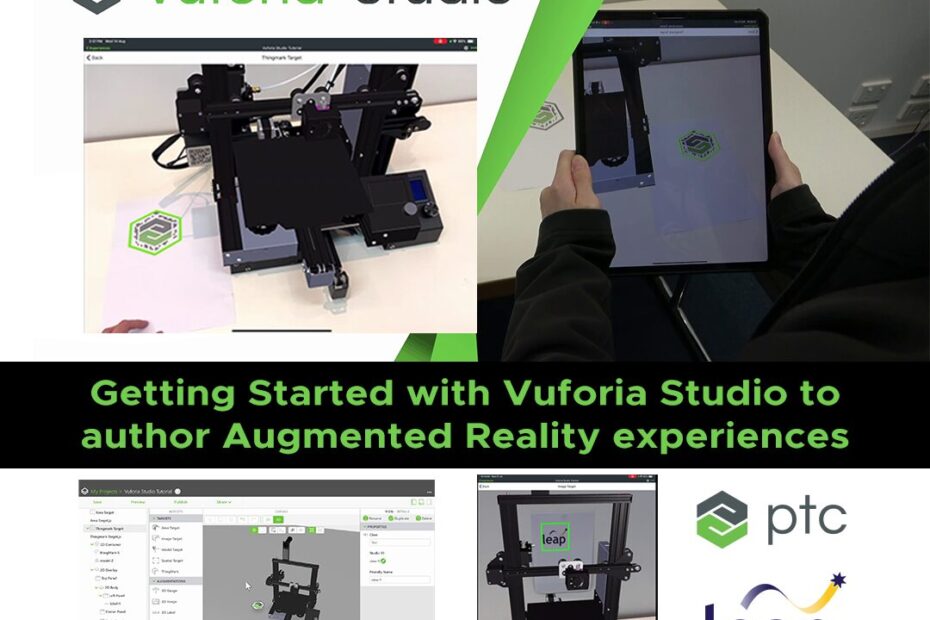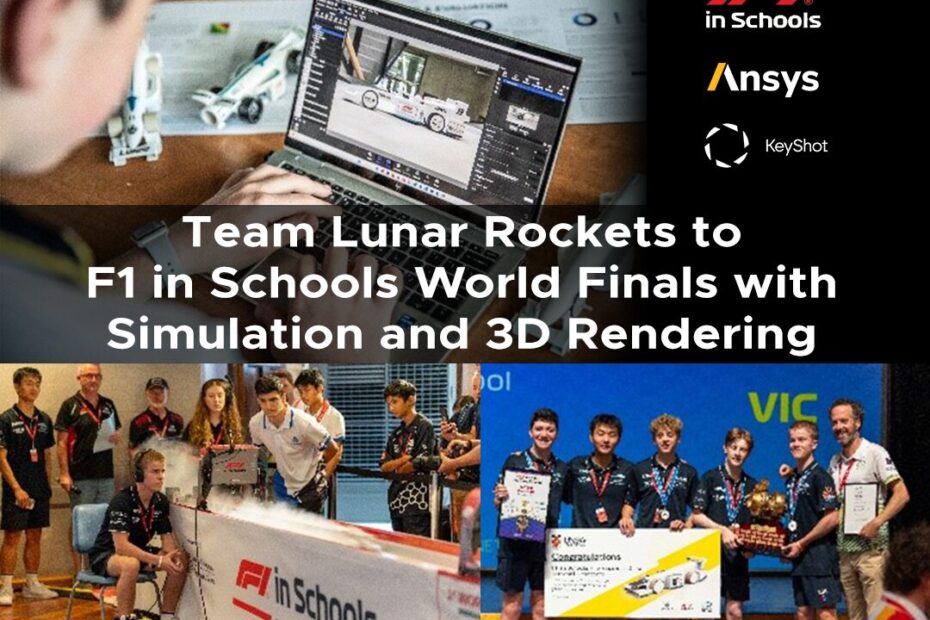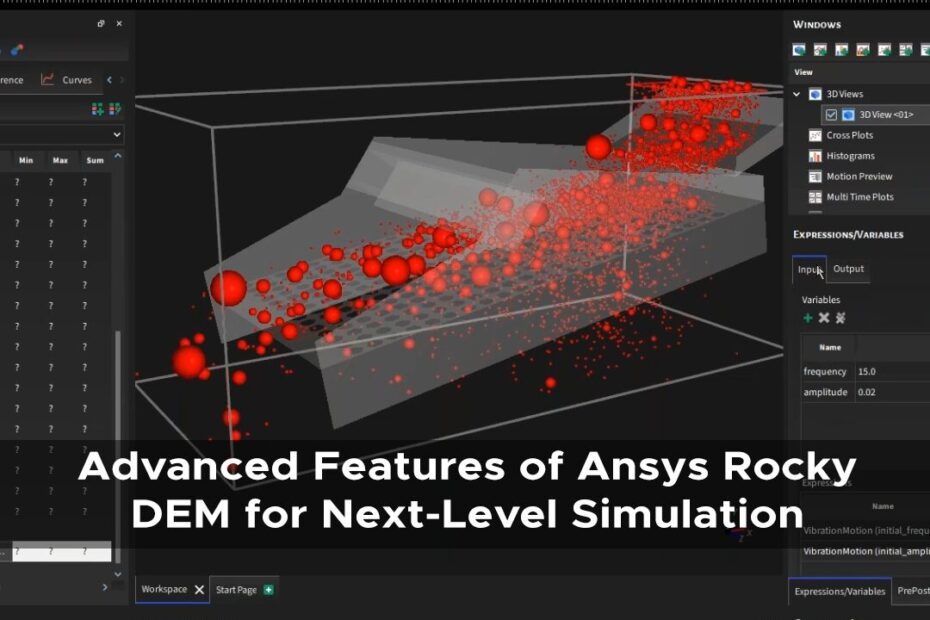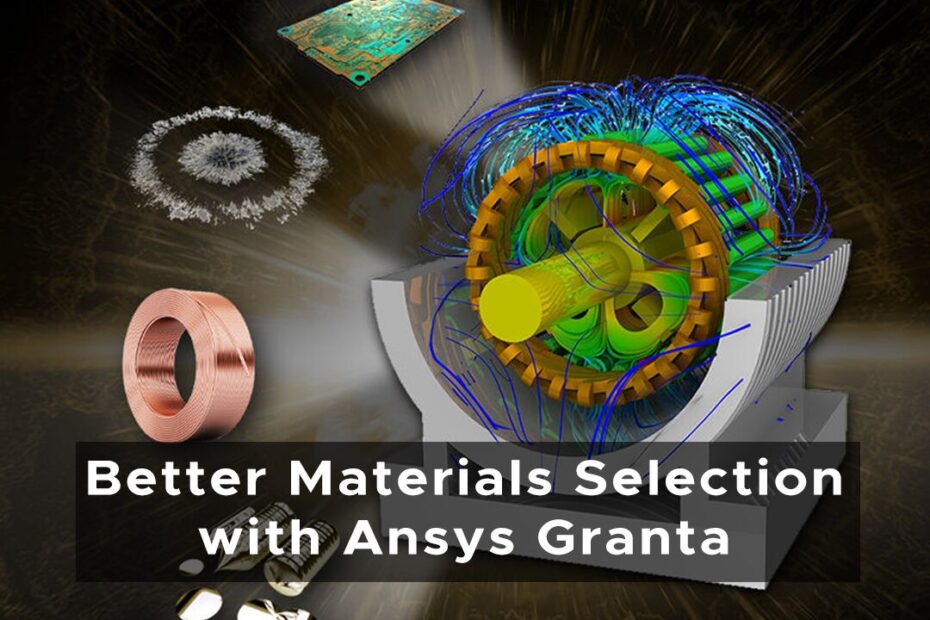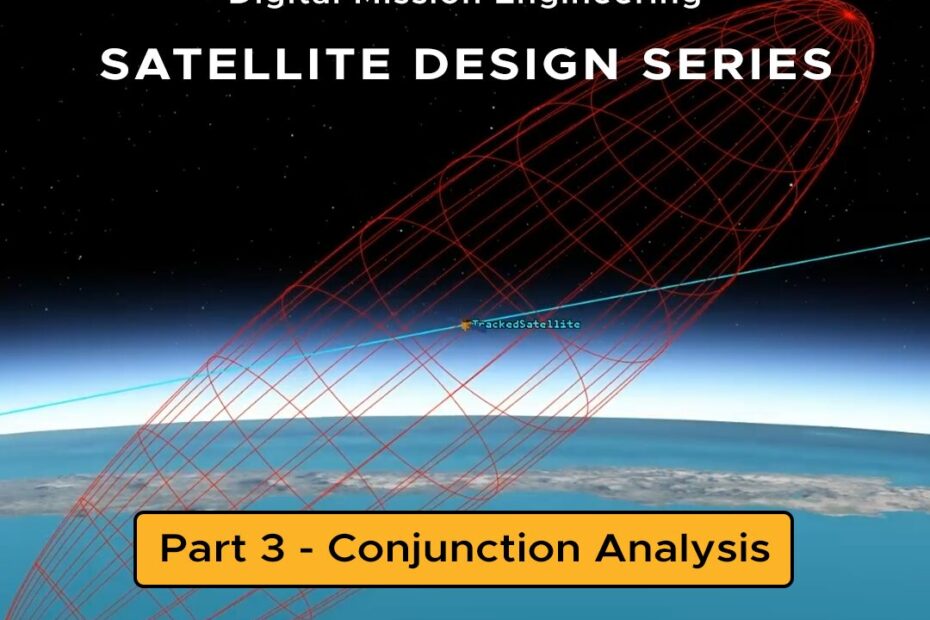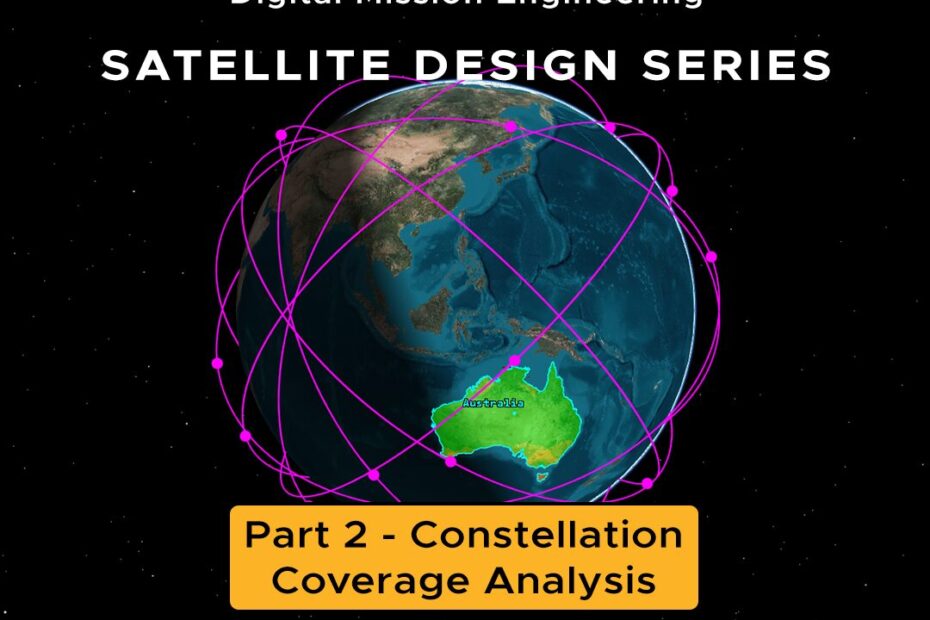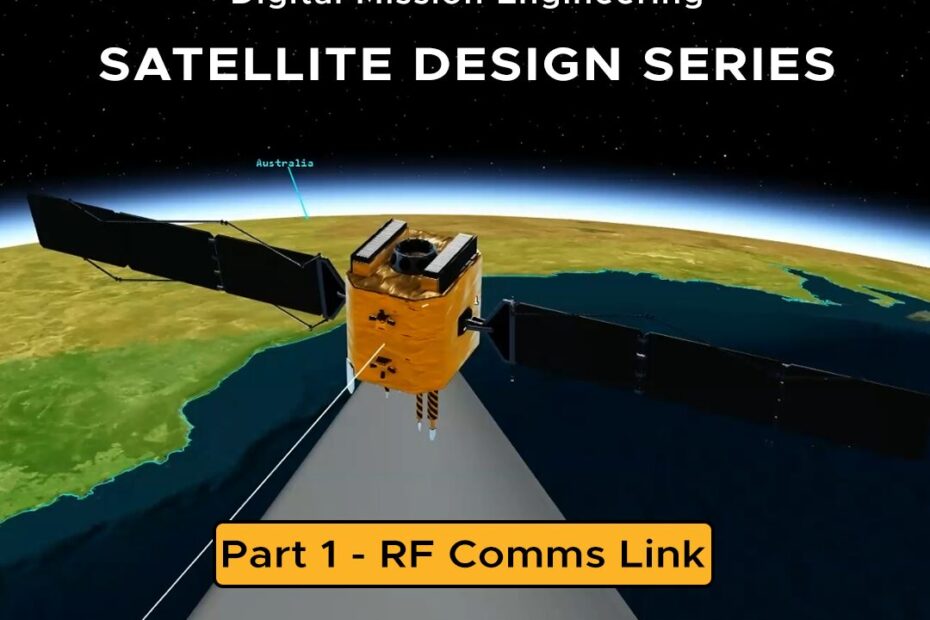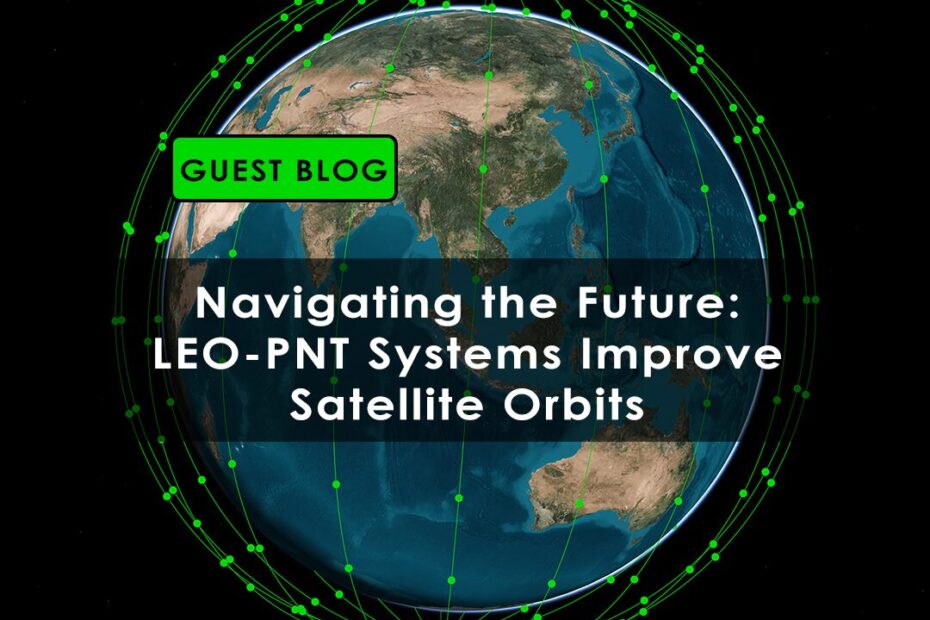Getting Started with Vuforia Studio to author Augmented Reality experiences
This article will help you to learn the ropes of using Vuforia Studio, the powerful and easy-to-use augmented reality (AR) authoring tool developed by PTC and supported by LEAP Australia.
There’s never been a better time to dive into making your own AR experiences, whether to showcase new products, improve employee training & efficiency, or to impress potential customers with amazing, interactive AR content.
Tutorials cover everything from the Vuforia workflow and getting started, to tracking using ThingMarks, spatial targets, images, models and more!

